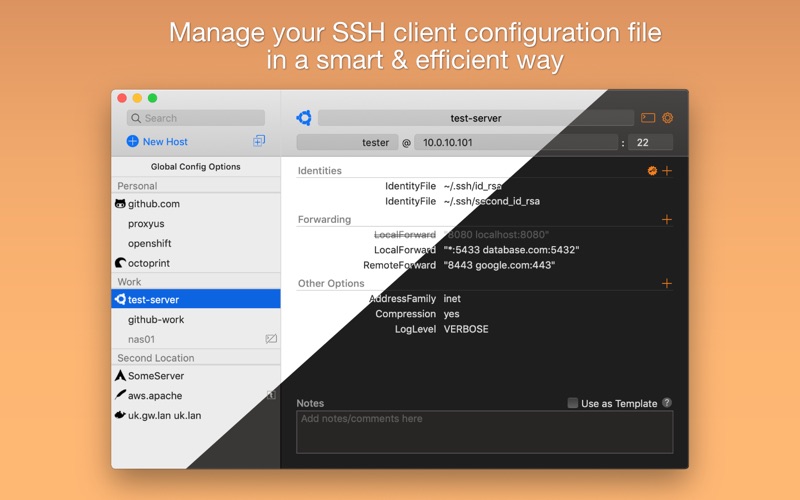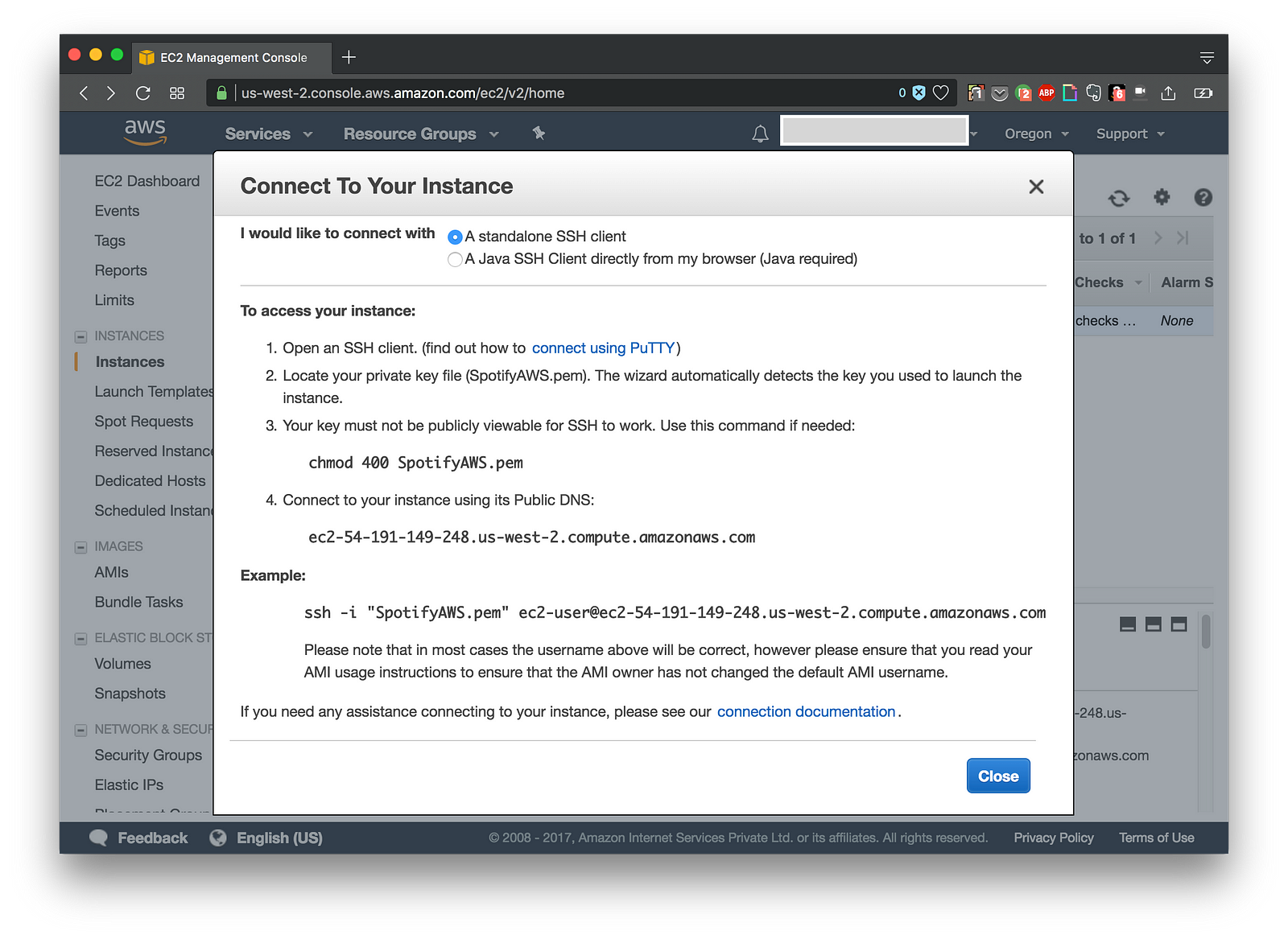

Open run the command eval ` ssh-agent `.Open a Terminal window on your local machine.This is a key manager, which means that it will store your private key in memory on your local computer and provides it whenever another program on your computer requests it for authentication. If you do not want to have to enter this passphrase every time you log in to the environment, this can be bypassed using the ssh-agent program.This is a security feature that you should only see the first time you connect (the host is "known" moving forward). When connecting for the first time, you may see a warning that the authenticity of the host cannot be established.
#IS THERE SSH FOR MAC PASSWORD#
See instructions below if you would like to bypass having to enter your password each time you connect to the environment. ssh/myprivatekeyname system will prompt you to enter the passphrase for your key.


Simply press Enter to confirm the default - there is no need to change this unless you have multiple keys! (Note: if you would like to change the default filename, you'll need to include the complete file path) By default, your keys will be saved as id_rsa and id_rsa.pub. You will be prompted to enter a filename.To use SSH key pairs to access the Web of Science PostgreSQL Database, you'll need to generate a key pair (private and public), and upload the public key to the Compute Canada database. The private key must be kept secret on your machine, but the public key can may be shared freely. SSH uses a pair of public and private keys instead of a password, in order to authenticate and establish an encrypted communication channel between a client and a remote machine over the internet.


 0 kommentar(er)
0 kommentar(er)
